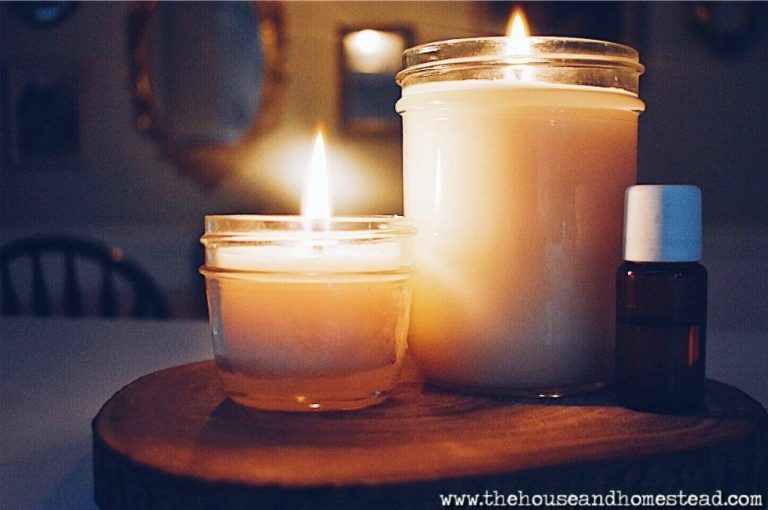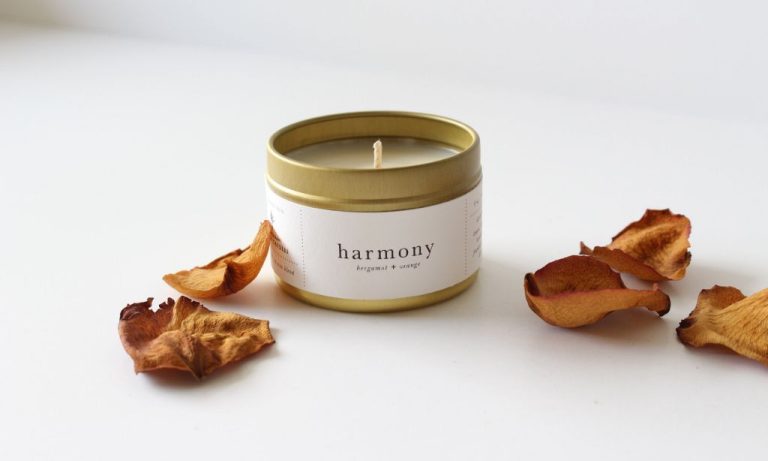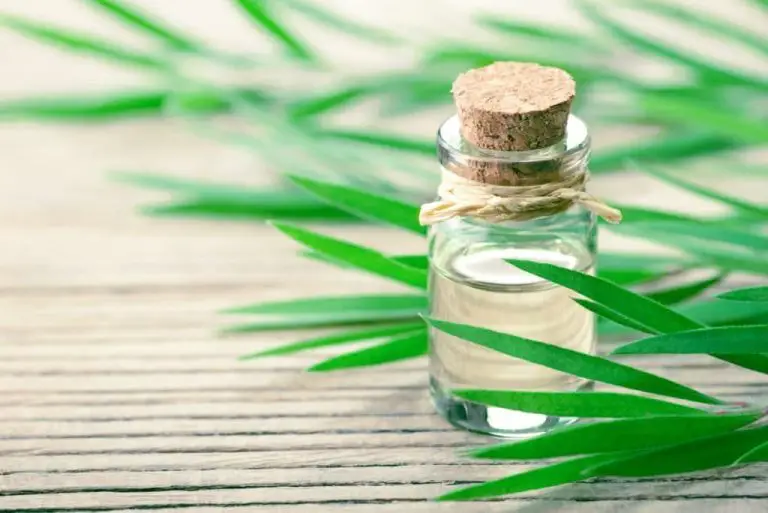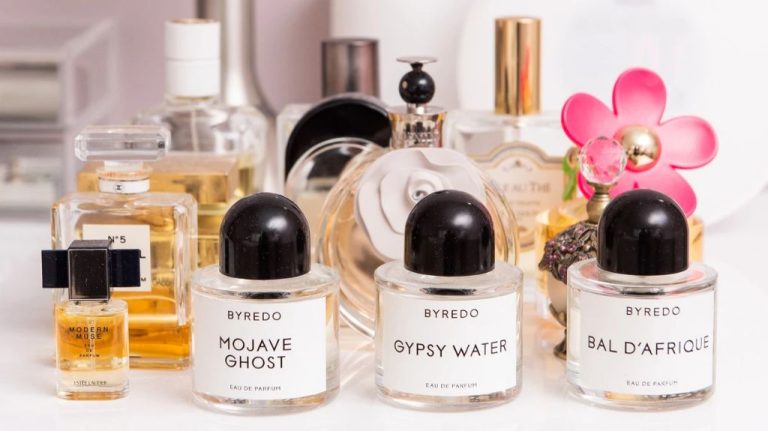How Can You Tell If Essential Oils Are Pure?
What are essential oils?
Essential oils are concentrated hydrophobic liquids containing volatile compounds extracted from plants (Wikipedia, 2023). They are extracted from flowers, bark, stems, leaves, roots, or other parts of a plant by distillation (NIEHS, 2022). The most common methods for extraction are steam distillation, cold pressing, and CO2 extraction.
The word “essential” refers to the essence of the plant’s fragrance. These oils capture the plant’s scent and flavor, or “essence” (NIEHS, 2022). Each essential oil offers the natural smell and chemical constituents of the plant, herb, or flower it’s derived from (Ríos, 2016).
Essential oils have many uses and benefits. They are commonly used in perfumes, cosmetics, soaps, and other personal care and cleaning products. Some oils can also be used for flavoring food and drinks. Essential oils are most frequently used in aromatherapy, which utilizes plant extracts for supporting health and well-being (NIEHS, 2022).
Why purity matters
The purity of essential oils is extremely important for both safety and effectiveness. Impure essential oils can contain contaminants, synthetic chemicals, or even cheaper and potentially toxic oils.
According to the National Association for Holistic Aromatherapy, inhaling impure volatile compounds or applying impure oils topically can potentially result in headaches, nausea, and irritation. More severely, impure oils have been linked to toxicity issues that impact the nervous system, reproductive system, and liver (Source 1).
Beyond health concerns, impure oils simply don’t work as well. Adulterated oils lack the full spectrum of therapeutic compounds found in pure, complete essential oils. This means they don’t deliver the same benefits for stress relief, sleep promotion, pain relief, and more that high quality, unadulterated oils can provide (Source 2).
For safety and effectiveness, purity matters when choosing and using essential oils.
Signs of impure oils
Impure or diluted essential oils may exhibit certain signs that indicate they are not 100% pure. According to Aromatics International, the most common signs of impure essential oils include:
Unnatural smell/color
Pure essential oils have a strong, characteristic aroma and appearance. If the smell or color seems off, it could be a sign of impurities or adulteration. For example, lavender oil that lacks its usual floral sweetness may be impure.
Irritation when used
Pure essential oils, when used properly, should not cause burning, itching, rashes, or other irritations. Skin irritation can signal the presence of synthetic chemicals or allergens in poor quality oils, according to Healthy Families for God.
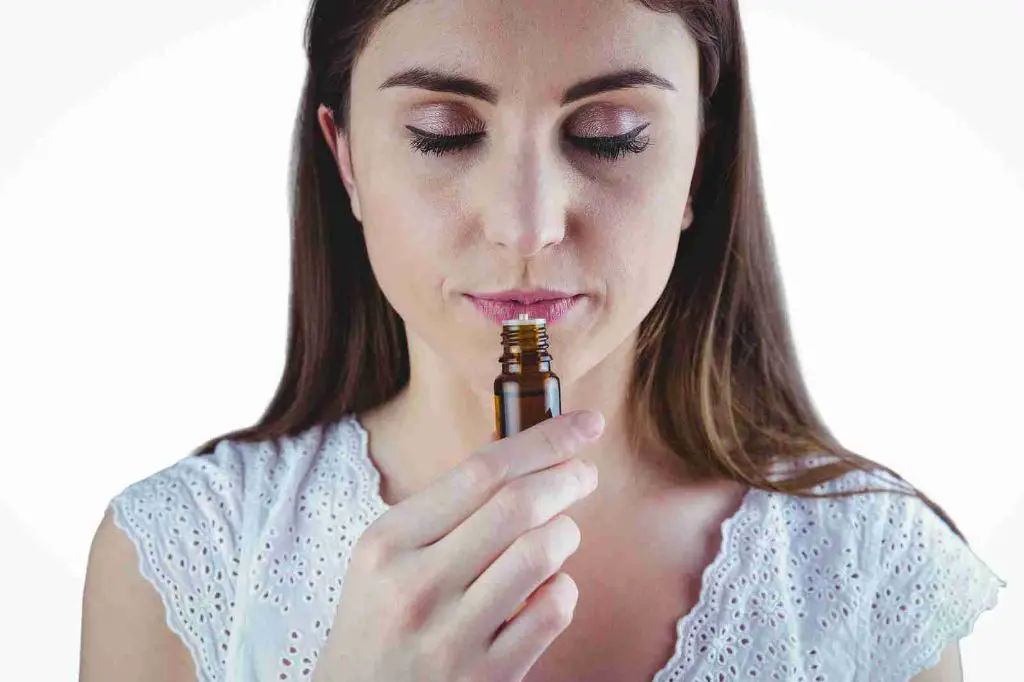
Doesn’t blend well
High quality essential oils will combine smoothly with other oils. If an oil separates, coagulates, or becomes cloudy when blended, it may indicate impurities according to Aromatics International. Proper blending requires purity.
Production methods
There are several key methods used to extract essential oils from plants:
Steam distillation
Steam distillation is the most common method for extracting essential oils. The plant material is placed in a still and steam is forced over it. The hot steam helps to release the aromatic compounds from the plant material. The steam then condenses and separates the essential oil from the water, which are then collected in different containers due to their different densities 1.
Cold pressing
Cold pressing is used to extract oils from citrus fruits like oranges, lemons, and grapefruits. The fruit’s outer peel is pressed to rupture oil sacs and collect the essential oil. This method avoids exposing the oil to heat to maintain its natural scent and chemical profile 1.
Solvent extraction
Solvent extraction uses solvents like hexane or ethanol to extract essential oils from plant material. The plant material is soaked in large quantities of solvent which dissolves the aromatic compounds. The solution is then distilled or purified to remove the solvent and isolate the essential oil 2.
Certifications
When evaluating essential oil purity, look for certain certifications that indicate the oil has met quality standards and production guidelines. Some key certifications to look for include:
USDA Organic – The U.S. Department of Agriculture’s National Organic Program has strict guidelines for organic production and processing. Essential oils carrying the USDA Organic seal meet these standards and contain organically grown ingredients.
Food Grade – Oils designated as food grade have been approved for addition to food products. Food grade oils must be free from contaminants and extracted using safe production practices.
ISO Standards – The International Organization for Standardization (ISO) sets global benchmarks for quality management systems. ISO standards like ISO 22716 pertain to good manufacturing practices for cosmetic products, including essential oils.
Testing methods
There are several scientific methods used to test the purity and quality of essential oils. Two of the most common are gas chromatography and mass spectrometry. According to Essential Oil Quality Testing – 6 Ways To Identify Purity Of …, gas chromatography is a technique that separates and analyzes the components within an essential oil sample. It can identify any adulterations, contaminants, or synthetic additives present. Mass spectrometry is used to identify the exact chemistry and molecular composition of an essential oil. It verifies that the correct botanical chemical compounds are present in the expected percentages. Using gas chromatography and mass spectrometry testing provides detailed data on both the purity and potency of essential oils.
Reputable brands
When shopping for pure essential oils, it’s important to choose reputable brands that care about quality. Three top brands known for their pure, high-quality oils are DoTERRA, Young Living, and Plant Therapy.
DoTERRA puts an emphasis on sourcing essential oils ethically and sustainably from all over the world. Their stringent testing standards, called Certified Pure Therapeutic Grade (CPTG), ensure their oils are pure and meet their standards for potency and quality. DoTERRA oils often come highly recommended by aromatic experts.
Young Living is another leading brand that rigorously vets their essential oil suppliers and requires extensive testing and quality control checks. They introduced their proprietary Seed to Seal program to monitor quality from the field to the final product. Young Living has also built its own farms and distilleries to control more of the process.
For an affordable yet pure option, Plant Therapy is a trusted brand that carries organic essential oils that undergo multiple rounds of testing. Their oils meet high standards for purity and they avoid adulteration. Plant Therapy also provides a lot of education on using essential oils safely and effectively.
Storage
Proper storage is crucial for maintaining the purity and potency of essential oils. Essential oils are very sensitive to light, air, and temperature fluctuations. According to From Nature With Love, the ideal place to store essential oils is in the refrigerator in dark glass bottles. All oils can be refrigerated (not frozen!) if space permits, but it’s especially important for citrus oils and carrier oils which are prone to oxidation.
Dark glass bottles prevent light from degrading the oils. Oils should be sealed tightly and stored upright and away from heat sources like stoves or windows with direct sunlight. A cool, dark place like a pantry, closet, or basement is also acceptable. Refrigeration prolongs the shelf life of oils, with some lasting 2-3 years or longer if stored properly according to From Nature With Love.
Labeling
Proper labeling is critical for essential oils. There are certain elements that must be included on the label according to FDA regulations:
Bottling Date – The date the essential oil was bottled must be listed. This allows consumers to know how fresh the oil is.
Country of Origin – The country where the essential oil was sourced and bottled should be clearly labeled. This provides transparency on where ingredients are sourced.
Ingredients – All ingredients used in the essential oil must be listed on the label. This allows consumers to evaluate the purity of the ingredients and check for any allergens or irritants. Key ingredients to list are the botanical plant source,Extraction method, Latin botanical name
Other key labeling elements are brand name, recommended use, and health claims. Proper labeling shows care and accountability from the essential oil company.
Sources:
https://www.avery.com/blog/essential-oil-label-guidelines/
https://texaslabelprinters.com/resources/blog/labeling-requirements-for-essential-oils/
Other considerations
When purchasing essential oils, some other factors to keep in mind include:
Price: Essential oil prices can vary widely depending on factors like purity, quality, brand name, and more. Be wary of oils that seem too cheap, as they may be diluted or contain synthetic ingredients. However, just because an oil is expensive does not guarantee it is high quality. Do your research to find a fairly-priced oil from a reputable company.[1]
Customer reviews: Check reviews on the brand’s website as well as third-party sites. Look for consistently positive feedback on an oil’s purity, quality, efficacy, and the company’s customer service. Be aware that some brands may filter or edit their reviews. Negative reviews that mention impure or adulterated oils could indicate quality problems.
Returns policy: A generous returns window (90 days or more) allows you to return oils you’re unsatisfied with. Quality companies stand behind their products and don’t penalize customers for returns. Restrictive policies could be a red flag about the oil’s purity and the company’s practices.[2]

